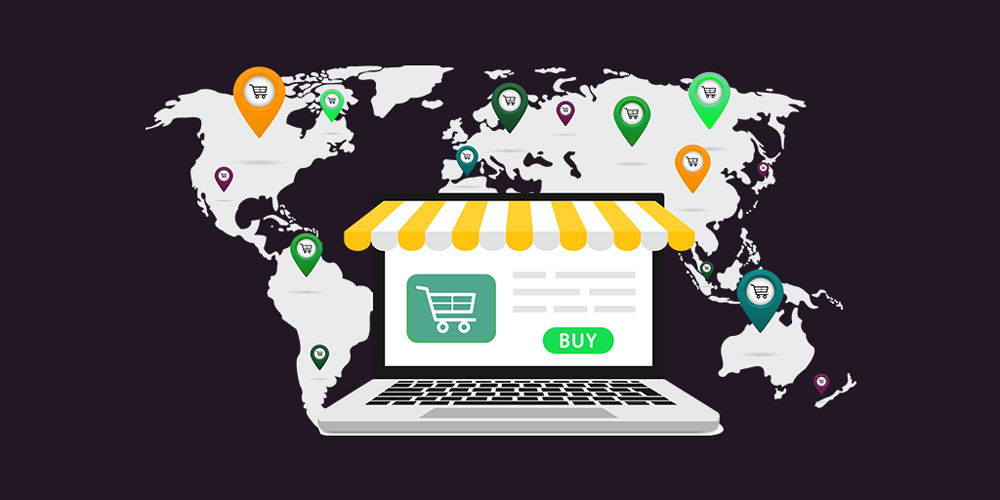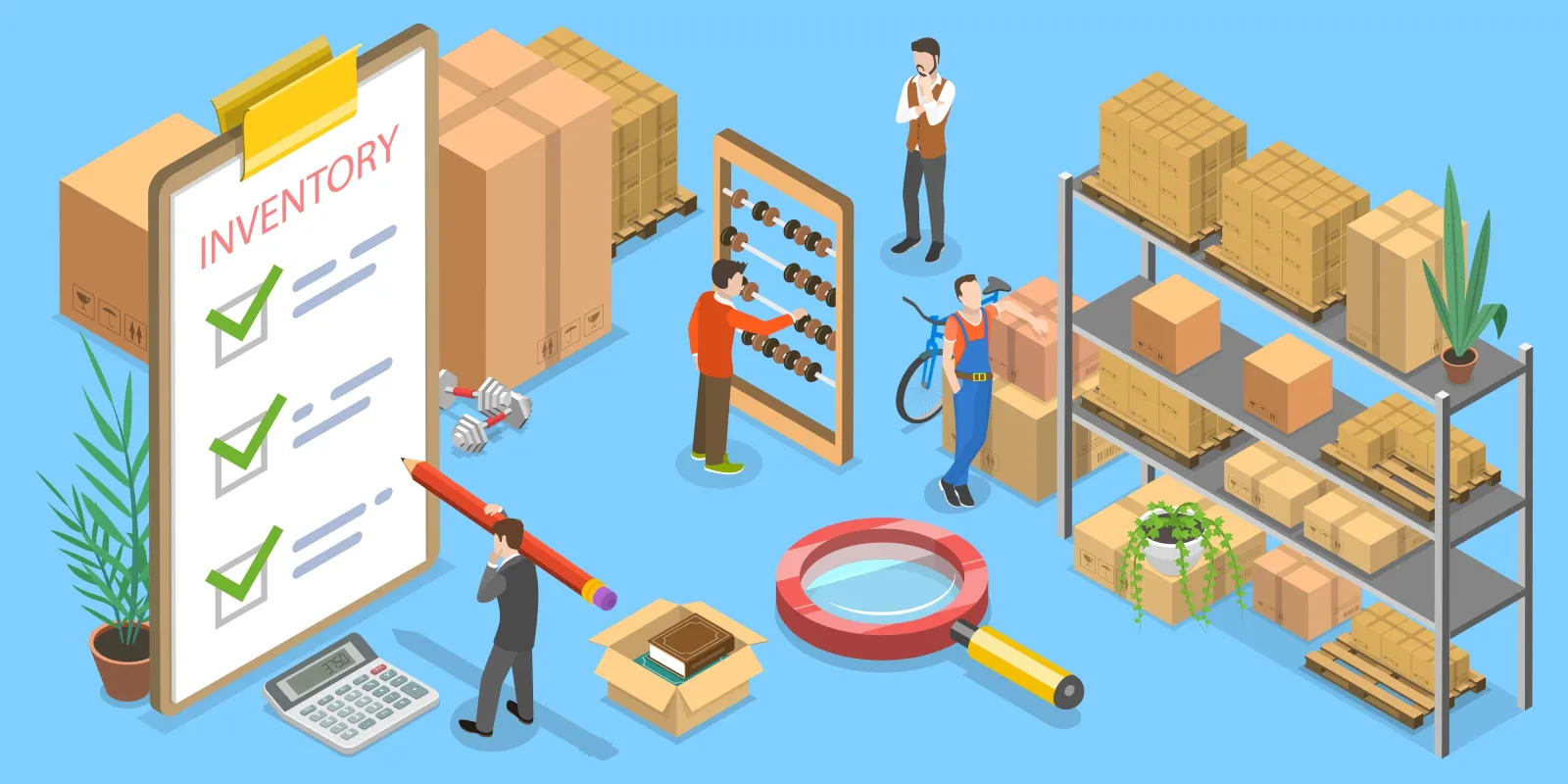TMS en nuage vs TMS sur site : avantages et inconvénients
Les chaînes d'approvisionnement devenant de plus en plus complexes et sensibles au facteur temps, les Système de gestion des transports (TMS) s'est imposé comme une technologie logistique essentielle. Qu'il s'agisse de gérer des matières premières entrantes ou de livrer des produits finis à des clients, un TMS permet d'optimiser les itinéraires, d'automatiser les processus et de contrôler les coûts d'expédition. Cependant, les équipes logistiques et informatiques doivent prendre une décision cruciale : déployer un TMS ou non ? TMS en nuage ou un TMS sur site.
Cet article présente les avantages et inconvénients des solutions TMS basées sur le cloud par rapport aux solutions sur sitequi aide les fabricants, les fournisseurs de services logistiques et les entreprises à prendre une décision en connaissance de cause.

Qu'est-ce qu'un TMS et pourquoi le déploiement est-il important ?
A Système de gestion des transports est un logiciel qui aide les entreprises à planifier, exécuter et contrôler leurs opérations de transport. Le choix du mode de déploiement de votre TMS - sur le cloud ou sur des serveurs locaux - a un impact direct sur l'évolutivité, le coût, la sécurité des données, la maintenance et le retour sur investissement à long terme.
TMS en nuage : avantages et inconvénients
✅ Les avantages de la SMT dans le nuage
1. Des coûts initiaux moins élevés
Les plateformes TMS en nuage sont généralement proposées en tant que Logiciel en tant que service (SaaS)Les entreprises ne sont pas obligées d'acheter du matériel ou de faire d'importants investissements. Les entreprises paient un abonnement prévisible.
2. Déploiement rapide
Les solutions TMS en nuage sont plus rapides à mettre en œuvre que les systèmes sur site. Nombre d'entre elles sont prêtes à l'emploi, avec une configuration informatique minimale.
3. L'évolutivité
Besoin d'étendre vos activités ? Les systèmes en nuage peuvent s'adapter facilement à votre entreprise, en prenant en charge plusieurs sites, utilisateurs et régions sans configuration complexe.
4. Mises à jour automatiques
Les fournisseurs gèrent automatiquement la maintenance du système, les correctifs de sécurité et les déploiements de fonctionnalités - aucun effort manuel n'est requis de la part de votre équipe.
5. Accès à distance
Les responsables logistiques peuvent accéder au TMS à tout moment et en tout lieu, à l'aide d'un navigateur. Idéal pour les entreprises dont les équipes sont distribuées ou mobiles.
Les inconvénients de la SMT en nuage
1. Préoccupations en matière de confidentialité des données
Les données étant stockées sur des serveurs externes, les entreprises qui traitent des envois sensibles ou des données clients peuvent s'inquiéter de l'accès de tiers ou de la violation de données.
2. Personnalisation limitée
La plupart des plateformes TMS en nuage offrent un ensemble de fonctionnalités standard. La personnalisation approfondie ou l'intégration avec des systèmes existants peuvent être limitées ou payantes.
3. Accumulation des abonnements
Au fil du temps, les frais d'abonnement peuvent dépasser le coût unique d'une solution sur site, en particulier pour les grandes entreprises.

TMS sur site : avantages et inconvénients
Avantages du TMS sur site
1. Contrôle total des données
Toutes les données d'expédition restent dans votre réseau interne, ce qui vous permet de contrôler totalement la sécurité, le stockage et les sauvegardes des données.
2. Une plus grande personnalisation
Les solutions sur site permettent une personnalisation poussée pour s'adapter aux flux de travail uniques de l'entreprise ou pour s'intégrer à des systèmes propriétaires.
3. Avantage financier à long terme
Bien que l'investissement initial soit plus élevé, les systèmes sur site peuvent être plus rentables à long terme pour les grandes organisations.
Les inconvénients du TMS sur site
1. Investissement initial élevé
L'achat de matériel serveur et de licences logicielles ainsi que l'embauche de spécialistes en informatique nécessitent des capitaux importants.
2. Des délais de déploiement plus longs
La mise en place d'un TMS sur site peut prendre des mois en raison de la complexité des configurations et des exigences en matière d'infrastructure.
3. Responsabilité de l'entretien
La maintenance, les mises à jour et la sécurité du système incombent à votre équipe informatique interne, ce qui augmente les frais généraux et les risques en cas de mauvaise gestion.
4. Mobilité limitée
Sans outils d'accès à distance supplémentaires, les systèmes TMS sur site peuvent restreindre l'accès aux seuls utilisateurs sur place.

Quel déploiement TMS est le plus adapté à votre entreprise ?
Voici quelques questions pour vous aider à prendre votre décision :
- Votre entreprise connaît-elle une croissance rapide ou dispose-t-elle de plusieurs sites ?
- → Le TMS en nuage est plus facile à faire évoluer.
- Vous traitez des données très sensibles ou réglementées ?
- → Les services sur site peuvent offrir un meilleur contrôle et une meilleure conformité.
- Disposez-vous d'une infrastructure et d'une expertise informatiques en interne ?
- → La solution sur site peut être viable. Si ce n'est pas le cas, l'informatique dématérialisée est plus facile à gérer.
- Vous avez besoin d'une mise en œuvre rapide et de flexibilité ?
- → Les solutions basées sur l'informatique en nuage l'emportent généralement dans ce domaine.
Solutions hybrides : Le meilleur des deux mondes ?
Certaines entreprises optent pour les déploiements hybrides de TMSLe TMS est un système de gestion de l'information qui combine l'agilité de l'informatique en nuage et le contrôle sur site. Par exemple, les données sensibles peuvent être hébergées sur des serveurs internes, tandis que les opérations quotidiennes du TMS se déroulent dans le nuage. Ce modèle est plus complexe à gérer mais offre une flexibilité stratégique.
Conclusion
Il n'existe pas de solution unique pour choisir entre un TMS basé sur le cloud ou un TMS sur site. Chaque solution présente des avantages et des inconvénients distincts en fonction de la taille de votre entreprise, de votre secteur d'activité, de vos besoins en matière de données et de vos ressources informatiques. L'essentiel est d'adapter la solution à vos besoins actuels tout en gardant à l'esprit l'évolutivité future.
Vous cherchez à déployer un TMS adaptée à vos opérations logistiques ?
Visiter ColisPostal.com pour explorer des solutions TMS modernes et évolutives afin de rationaliser votre chaîne d'approvisionnement et de réduire les coûts de livraison, que vous soyez dans le nuage, sur site ou entre les deux.
Aperçu de l'industrie
nouvelles via la boîte de réception
Nulla turp dis cursus. Integer liberos euismod pretium faucibua







